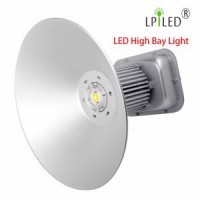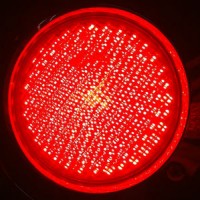Product Name: Straw Hat 4.8mm Lamp LED Diode for Solar Lights (lpiled-02736W) Model NO.: LPILED-02736W Brand: Lpiled Batch Number: 2016+ Package: DIP(Dual In-line Package) Type: P-type Semiconductor Material: Ingan Manufacturing Technology: Optoelectronic Semiconductor Trademark: LP. LPILED. LPINTE Transport Package: ESD Package Origin: China Product Description 4.8mm stram hat lamp LEDSuper brightnessLong lifespan more than 50, 000 hoursVoltage: 3.0-3.6VDCLead length: ShortPart Number POWERDiameter (mm)ColorWLD/CCT VF(V DC)IF(mA)Lumens (lm)Viewing AngleMINTYPEMAXLP-02736W694-51D-60.06W4.8mm strawhatWarm white2700-3500K3.0-3.620mA5.05.56.2120LP-02736W494-51D-6Neutral White4000-4500K5.56.27.0LP-02736W894-51D-6Cool White5500-6500K5.56.27.0Red/Green//Blue availableSuper 0.2w led availableLPILED,A light-emitting diode (LED) is a two-lead semiconductor light source. It is a p-n junction diode, which emits light when activated. When a suitable voltage is applied to the leads, electrons are able torecombine with electron holes within the device, releasing energy in the form of photons. This effect is called electroluminescence, and the color of the light (corresponding to the energy of the photon) is determinedby the energy band gap of the semiconductor.An LED is often small in area (less than 1 mm2) and integrated optical components may be used to shape its radiation pattern.Appearing as practical electronic components in 1962, the earliest LEDs emitted low-intensity infrared light. Infrared LEDs are still frequently used as transmitting elements in remote-control circuits, such as those inremote controls for a wide variety of consumer electronics. The first visible-light LEDs were also of low intensity, and limited to red. Modern LEDs are available across the visible, ultraviolet, and infrared wavelengths,with very high brightness.Early LEDs were often used as indicator lamps for electronic devices, replacing small incandescent bulbs. They were soon packaged into numeric readouts in the form of seven-segment displays, and were commonlyseen in digital clocks. LPILEDRecent developments in LEDs permit them to be used in environmental and task lighting. LEDs have many advantages over incandescent light sources including lower energy consumption, longer lifetime, improvedphysical robustness, smaller size, and faster switching. Light-emitting diodes are now used in applications as diverse as aviation lighting, automotive headlamps, advertising, general lighting, traffic signals, cameraflashes and lighted wallpaper. As of 2015, LEDs powerful enough for room lighting remain somewhat more expensive, and require more precise current and heat management, than compact fluorescent lamp sourcesof comparable output.LEDs have allowed new text, video displays, and sensors to be developed, while their high switching rates are also used in advanced communications technology.






























